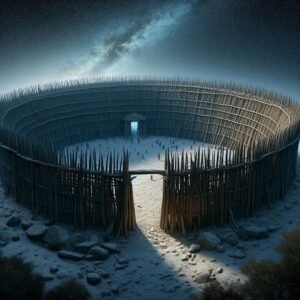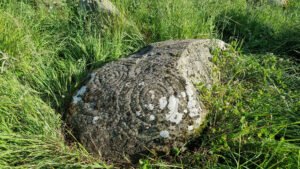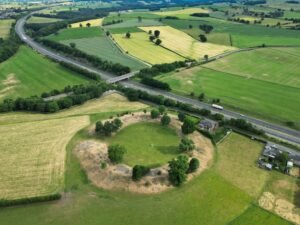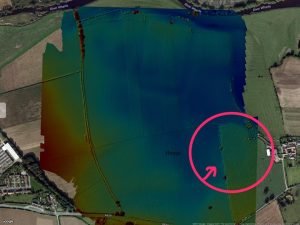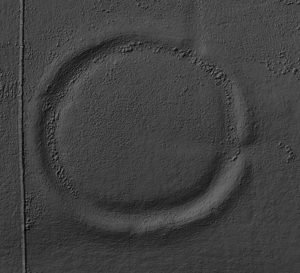Egglestone Abbey, nestled on the southern bank of the River Tees, is a testament to the spiritual and architectural endeavours of the Premonstratensian canons. Founded between 1195 and 1198 by the de Moulton family, the abbey was established during a period of monastic expansion in England.
Category: Neolithic
Sinderby Henge
Although all the existing literature assures us that the Great Henge Alignments of North Yorkshire are now covered by – The Langthorpe Earthwork, Cana Barn Henge, Nunwick Henge and Hutton Moor, finishing with the astounding triple Henge alignment at Thornborough, this may not necessarily be the case.



